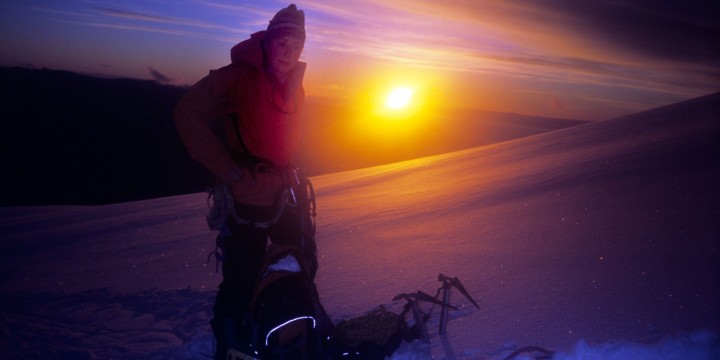
Light is Right: Tips for Climbing Long Routes
Hello Steph,
I feel kind of silly for not asking in person (Boulder Bookstore signing), but I wanted your advice for how to prepare for alpine climbing of the Diamond and similar climbs in the Tetons, winds, and High Sierra. I am an avid backpacker/hiker and have been climbing trad lead at 5.9 and some .10. How can I best prepare for the level of endurance and energy required for some of these 12-20 hour days of climbing? I am so excited to be planning monumental climbs like the Diamond and would love your advice on how to enjoy it to the fullest by being as prepared as I can be. Thank you for your time and inspiration!
Briana
Hi Briana,
Summer is coming, and I wonder where you’ll decide to go: the Diamond, Tetons, Winds and the Sierras are all great. The July/August season goes quick!
My best advice for endurance for this type of alpine rock climbing is to trail run for training, along with climbing multi-pitch routes, and then make a point of going as light as possible when you go for your adventure days. Your other option is to train by carrying a heavy pack (which is NO FUN but works very well–you can carry water bottles up and empty some of them for the down), heavier than what you’ll be using for climbing. Obviously running is a more enjoyable option, but I recommend that for training only if you plan to climb light: if you trail run for training and then end up with a big pack on your climbing days, it won’t feel like you’ve done enough.
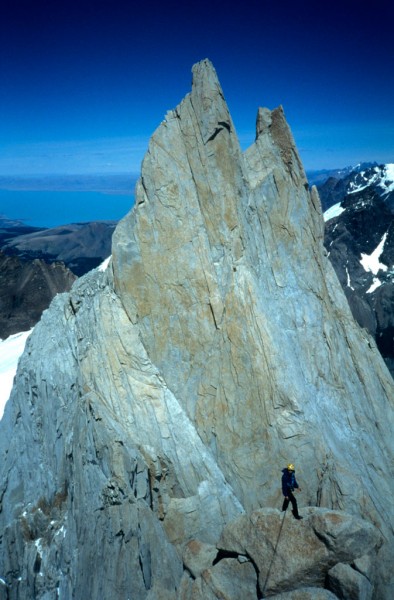
Having done both, and having done a lot of climbing in different styles in different places, what I’ve learned above all is to go as light as possible, especially when you are female. I would recommend that you put as much attention toward your choice of gear as to your training, even down to food. The less you have to carry, both into the route and up the route, the more endurance you’ll save and the more fun you’ll have.
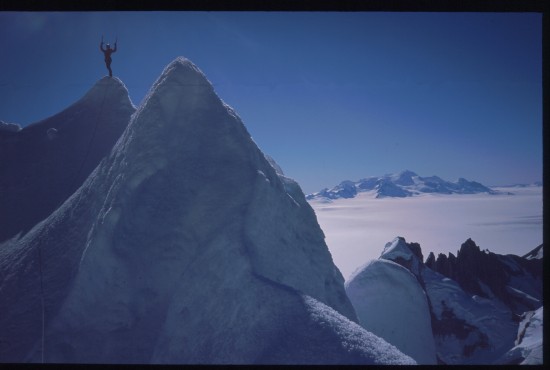
My top tip for saving weight on a long route is to overhydrate the day and night before–I mean, drink a gallon and a half in the day and a liter or two in the night (I really like the MSR Platypus for this–I drink so much more at night if I don’t even have to sit up) when you are at camp. Then pound some tea before your alpine start (if you drink coffee, drink at least twice as much herbal tea afterward to offset the diuretic qualities of the coffee), and force yourself to drink at least a liter of water before you leave camp. Be careful to strip layers when moving to the base of the route so you don’t overheat and sweat unnecessarily, wasting water. Wearing light glove liners and a light hat will allow you to take off a jacket layer when moving without feeling chilled. Now you will be able to use the camel tactic: carry only a 12 ounce water bottle on the route, no matter how many pitches it is.
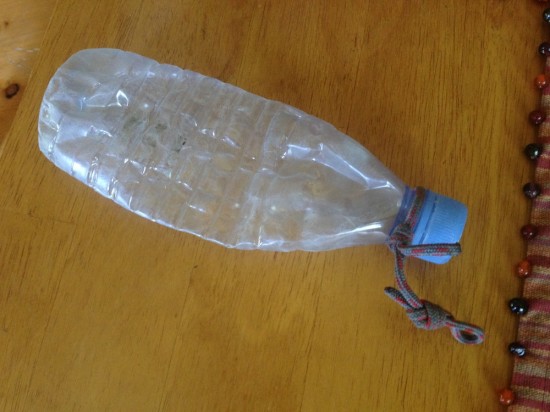
I put a small string on the neck of a water bottle or rinsed out Coke bottle, and use a toy keychain biner to clip it to my harness, and this is all the water I’ll carry on a multi-pitch route in an alpine environment. If you know somebody with a swager and you want to get really fancy, you can swage the thinnest cable onto the neck. I had one of those once and it was swanky! If you’ve hydrated like a madwoman beforehand, it’s all you need and the camel tactic has worked very well for me on everything from Half Dome to Fitzroy.
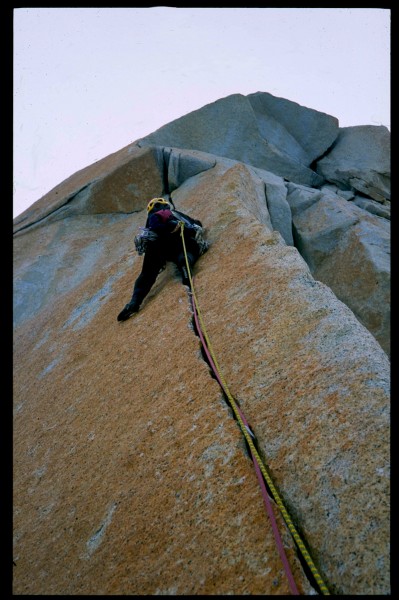
If you are climbing in a true mountainous environment, carry a 4-6 inch piece of plastic tubing in your pocket so you can suck running water off of rocks–and never pass a small runnel of water without drinking. I have never had any problems with drinking water that is running out of rocks in alpine environments, but of course use common sense when considering what (if anything) is above the area before drinking it. On Torre Egger, I had one liter of water and water sucked from the rock (when it rained and became a waterfall for a while) for a one-day push. Camp to camp (including a bivy on the descent) we were out for about 36 hours.
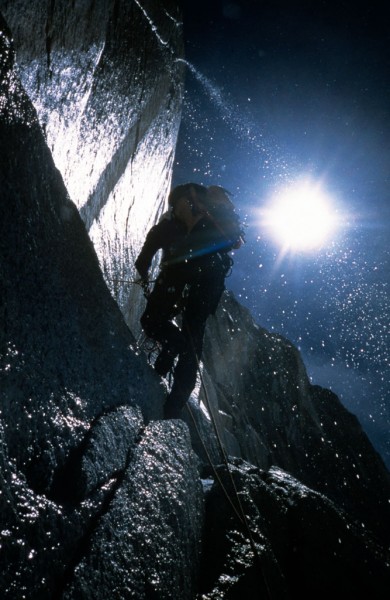
With the camel tactic, you may get thirsty some, but it beats carrying too much water which is about the heaviest thing you have to deal with in climbing.
Watch this blog for some upcoming tips about reducing weight on the rest of your gear too: both climbing and bivy.
And have a great summer!!
Steph








Great advice! Water is always an issue for us, so thanks for the tips! 🙂
if only water weren’t so darn heavy…
Hey guys, hope all is well! As I read this piece I realized what a burden h2o can be, yet we cant live long or efficiently without this burden. It seems the specific issue related climbing and h2o is the weight involved, and as a nursing student, I recently came across a product that will reduce your water weight to 1/16th the original weight without giving up any of waters effects on the maintenance of proper cellular hydration. This product will enable you to reduce the weight of 16oz of water to 1oz, or reduce the weight of 1gallon (8.35lbs) of water to .52lbs without giving up the properties of h20 in maintaining cellular homeostasis! Its also sugar free and contains no artificial ingredients. Of course it’s not
free, but the weight savings per cost may make it worth it to you
bass a@@ climbers 🙂 I hope this can help with your h20 weight
issues. Here’s the link to the “science” of this product, and no, I’m not selling anything and I’m not affiliated with this product in any way (I’m just a VERY poor student that climbs trees, highway ramps and wall cracks behind supermarkets at night here in flat flat flat South Florida.) I first became aware of this product in Outside magazine, and after reading the science of it, I feel that it seems to be a well thought out product with the science to back it up:
http://oraliv.com/the-science/
This looks really interesting: thanks a lot for the link–I plan to check it out.
[…] the last two Light is Right posts, I posted some tips for hydration and bivy gear for long routes. But most important of all is racking up for the climb itself. Long […]